Are you looking for How To Check PC Temps While Gaming? In the typical case, gamers and graphic designers experience a spike in temperature in their CPUs and GPUs during their everyday tasks. Though it seems more common in these particular groups, this problem is not exclusive to designers or gamers; it might affect any user.
Rising temperature can substantially affect the PC’s hard drive, SSD, sensors, and other hardware components, so it is imperative that you stop ignoring this issue.
Because all computer components are closely coupled within the CPU, the heat travels to other parameters, reducing the system’s cooling effectiveness. The blog will talk about Checking PC Temps While Gaming.
How To Check PC Temps While Gaming?
You can make use of the Windows system’s default built-in capability. Use the keyboard shortcut Ctrl+Shift+Esc to access it or open your task manager.
Once you choose your GPU and click on it on the Performance Tab, everything will be configured for you. You may check your actual temperature here. If you want more advanced and precise functions, choose the MSI AfterBurner.
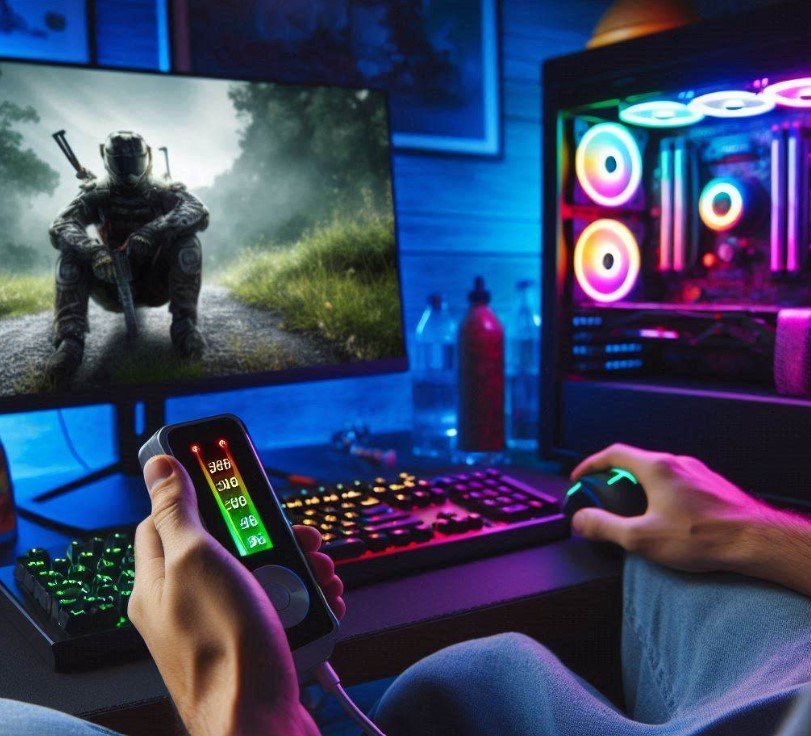
How To Check Your Computer’s CPU Temperature?
The simplest way to check your CPU’s temperature is to install a free CPU heat monitoring application and watch for abnormalities and spikes in temperature. Additionally, you can use the BIOS/UEFI utility integrated into Windows to check your CPU Monitor.
Here’s how to use the free CPU heat monitoring program to check the temperature of your CPU. Core Temperature:
- Get Core Temp and install it.
- To view the main dashboard, open the application.
- Check the temperatures of every CPU core under Temperature Readings. The quad-core Skylake laptop in the example below has an average CPU temperature of about 50°C.
- The Max column displays the maximum processor temperatures that Core Temp has recorded. The Load column displays each core’s current CPU load.
Although Core Temp is the most straightforward computer temperature monitor available, there are several excellent CPU monitoring programs available. Here are several for you to consider:
- NZXT’s Cam has an intuitive UI and a mobile app that lets you track computer temperatures and other hardware parameters.
- HWInfo offers a thorough examination of every technical feature of your hardware, including a temperature monitor for the entire PC and a heat meter for each CPU.
- You can keep an eye on your computer’s temperature, speed, fans, and other specifications with the open-source software Open Hardware Monitor.
AMD System Monitoring displays the state of the CPU and GPU. SpeedFan allows you to manipulate fan speeds to prevent your CPU from overheating and access brutal drive temperatures, including HDD and SSD.
If you are overclocking your GPU, you must monitor its temperature. A PC temperature monitor can help you extend the life of your computer because hot temperatures can quickly deteriorate components.
Mac users can also choose from a variety of monitoring alternatives, such as XRG or iStat Menus. In addition to reviewing the top cleaning apps for Macs, Mac owners should also review how to test their Macs’ performance.
Why Is My CPU Temp So High?
The millions of activities your CPU (central processing unit) completes every second might lead to the processor overheating.
When you run multiple high-intensity applications at once, overclock, have a malfunctioning fan, accumulate dust, or experience ventilation issues that affect your computer’s capacity to cool down, you may notice elevated CPU temperatures.
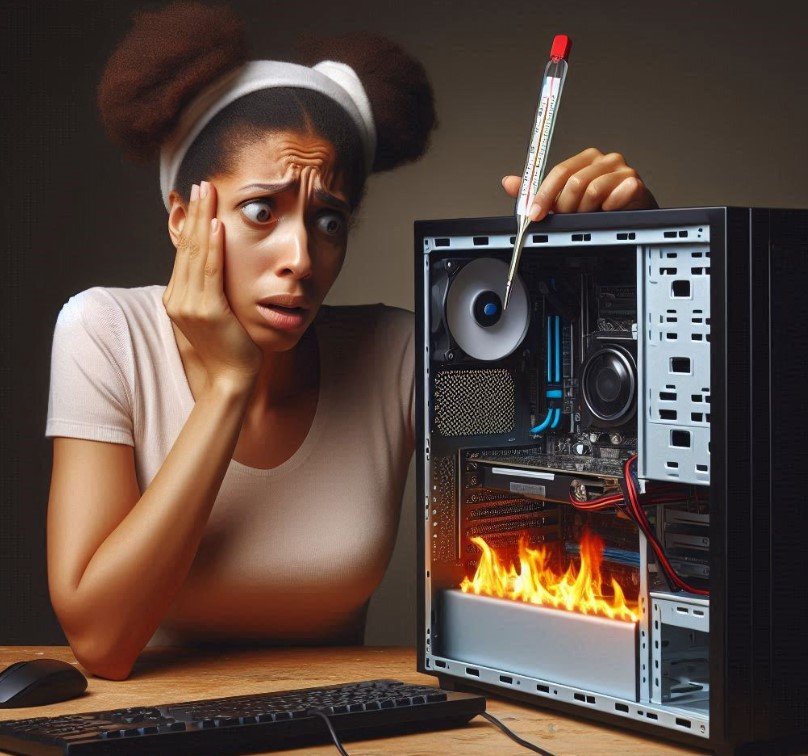
Without you knowing it, overheating CPU temperatures can cause system instability, crashes, slowdowns, and even long-term damage. The most evident reasons for elevated CPU temperatures are as follows:
Extensive concurrent processes
A lot of high-intensity processes running concurrently cause your CPU temperature to increase and your machine to slow down. The CPU may be compelled to throttle itself when certain temperatures are achieved.
Utilize these instructions to declutter and optimize your computer. If your core temperatures and speed don’t decrease, try using a PC optimization tool to find performance hogs and maintain your computer’s smooth operation.
Excessive heating
If you overclock your GPU to an extreme, it will undoubtedly rise in temperature. Keeping an eye on your temperatures should be your priority if you construct gaming PCs or overclock.
A malfunctioning computer fan
Even when the laptop is not in use, and the fan is not spinning, this is typical. However, if your fan isn’t functioning correctly, it won’t be able to cool your computer down efficiently, and you’ll frequently or continuously hear loud fan noises.
Your computer is probably making a valiant effort to cool down if the fan runs loudly for an extended period. If the sounds don’t go away, try checking your Task Manager to see which programs you can close. If not, replace your fan.
Accumulation of dust
The accumulation of dust within the computer chassis of older models can cause fan clogging and slow down, affecting the computer’s cooling capabilities.
It’s a good idea to check for excessive PC temperatures because they can be a sign that fan units need to be replaced or that dust bunnies need to be removed.
If your PC is overheated, you can fix it by first cleaning its physical components. See our advice if you have a Mac for assistance in preventing overheating.
Restricted area for ventilation
If your laptop is resting on a surface that prevents airflow or is a slim ultrabook, it might not have enough room to ventilate and cool.
If you use a thin laptop for intense work, pay close attention to the processor’s temperature and make sure the machine is resting on a flat, hard surface that doesn’t trap air.
Freezes and crashes the system
Your computer may not be experiencing a hardware or software malfunction if it crashes or shuts down at random.
If a system overheats, it may shut off on its own to avoid causing long-term bodily harm. The BIOS can adjust the maximum temperature at which a computer may operate.
What CPU Temperature Is Normal?
The type of CPU you use determines the typical CPU temperature. For a typical workload, anything between 40 and 65°C (104 and 149°F) is generally regarded as a safe thermal range. During the operation of more demanding applications or games, the typical CPU temperature range may rise to 70–80°C (158–176°F).
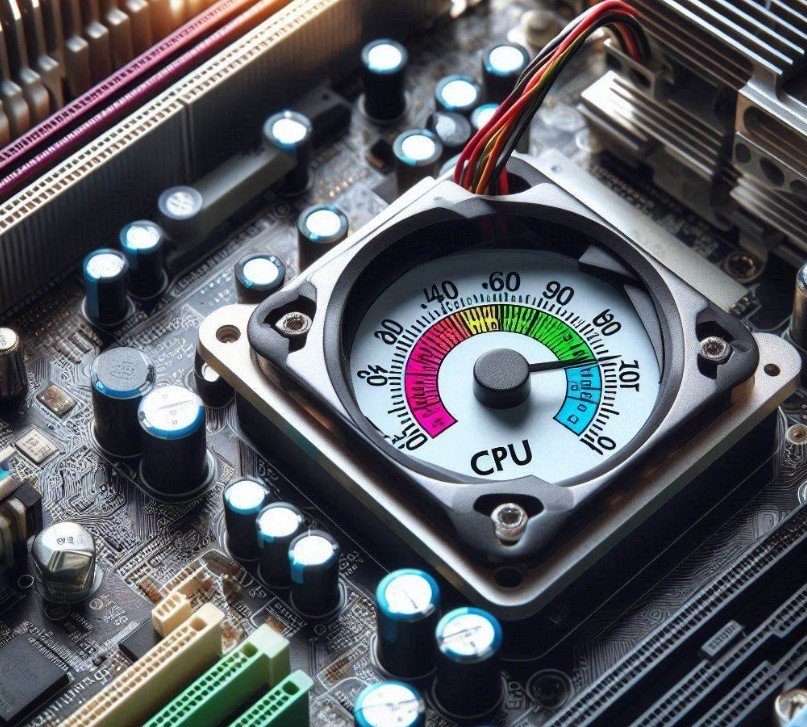
As a general rule, a CPU that is 80–85°C (176–185°F) or higher is bad. If you’re hitting this temperature without playing games or using any resource-intensive apps, there might be a severe issue. When not gaming, the optimal CPU temperature is between 45 and 60°C (113 and 140°F).
Without running anything extremely taxing, it’s typical to observe CPU temps of about 50°C (122°F) on a desktop gaming PC with ample cooling and a high-end CPU.
Core temperatures on an Ultrabook, which is a reasonably small place for a strong CPU, often range from 75°C (167°F) to 167°F during a typical workday.
To prevent irreversible harm to your computer, think about more efficient cooling techniques if your CPU overheats frequently. Since viruses and outdated software also increase CPU utilization, the finest PC cleaning software can aid in preventing this issue.
Reasons For CPU High Temperature
As was previously mentioned, there are several causes of elevated CPU temperatures. We’ve determined the leading causes of this problem to be:
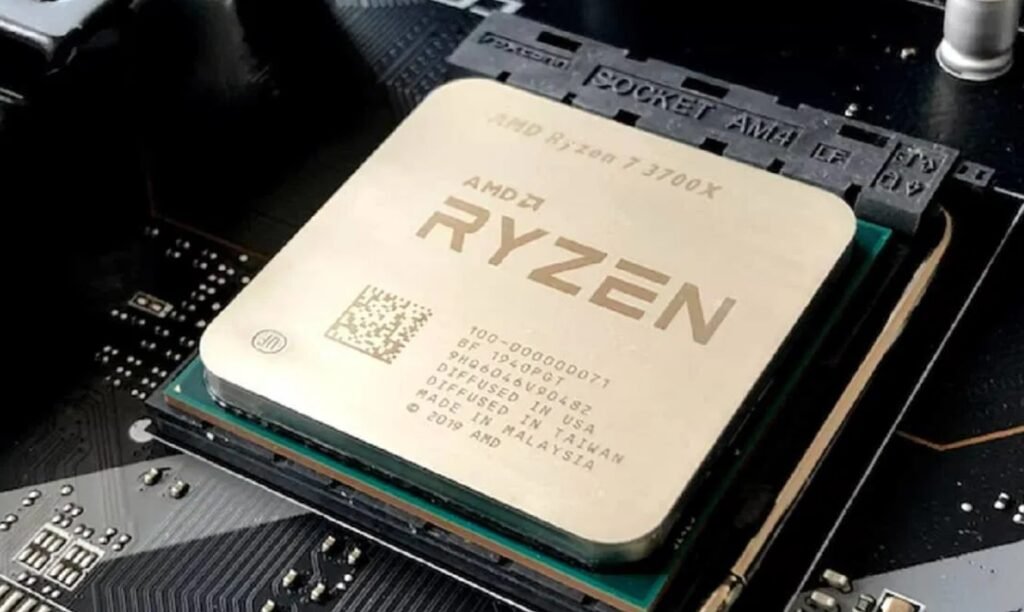
High-End and Frequent Operations
You can get temperature spikes if you operate sophisticated software, demanding apps, or high-definition games all the time without enough cooling systems.
When the CPU temperature rises above the threshold, the processor will impose thermal throttling.
The CPU uses a technique called throttling to lower its performance in response to an increase in temperature brought on by insufficient cooling or other factors.
Excessive Clock Speed
Overclocking your GPU entails raising its clock speed over what the manufacturer has specified. This can increase performance by enabling the handling of multiple tasks at once, but it can also overtax your CPU and raise its temperature.
The most important thing to do if you overclock is to keep an eye on the temperatures of your CPU and GPU.
A Faulty or Lack of Cooling System
A dependable cooling system or highly effective exhaust fans are necessary to regulate system temperature increase. But sometimes, your fan loses speed synchronization or quits altogether, and it doesn’t react to CPU utilization.
If the fan is unable to keep up with your CPU’s demands, this problem may also occur. In situations like these, your best bet would be to check your task manager and close any laborious or pointless jobs.
Dust Accumulation
Even while we cannot prevent natural disasters, we can definitely take better care of our systems by cleaning them regularly.
A lot of dust can clog cooling vessels and slow down the cooling process, which might result in overheating problems. It’s recommended to clean all hardware components regularly by opening your CPU or swapping out the cooling gears.
Limited Area for Ventilation
If your system’s current placement prevents enough air from reaching the CPU, you must move it to improve airflow.
For example, users of thin laptops may find it challenging to maintain sufficient air circulation because of the restricted area available for ventilation.
To prevent overheating, always make sure the space is well-ventilated and has adequate air circulation, especially when working on sophisticated jobs.
Benefits of Using CPU Temperature Monitor
Keeping the temperature of your system within a safe range has many advantages. This has a number of benefits, some of which are mentioned below:

It Boosts Computer Efficiency
As was previously mentioned, throttling happens when the CPU temperature rises above a certain point, reducing CPU performance to shield the system from possible harm.
By efficiently monitoring the CPU temperature and optimizing our system’s performance, we can prevent this deterioration.
Guarantees the Data Center’s Reliability
Certain elements, like keeping a healthy temperature and humidity control and putting effective power management in place, are crucial to preventing downtime and maintaining a dependable data center.
Ensuring that the temperature remains within a safe range and monitoring it closely is one way to preserve the overall reliability of the system.
An Extended System Life
Everyone is aware that maintaining the system with its default settings improves performance and lengthens the life of the computer. Thus, by controlling the temperature of your CPU, you undoubtedly wish for the longevity of your device.
Lowering of CPU and GPU Temperature
If you don’t know the underlying causes of the continual temperature rise in your system, let’s talk about how to fix it now. The following solutions can assist in reducing the temperature of your GPU and CPU:
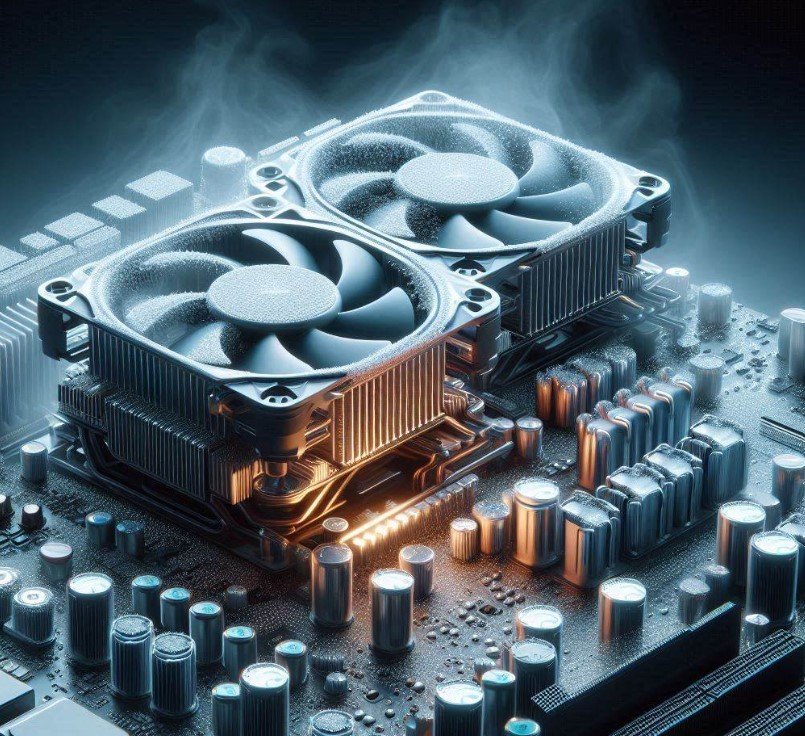
Ascertain Adequate Ventilation
Depending on how you use the CPU, there needs to be enough airflow around it. Verify whether your computer’s vents are obstructed.
An air gun or blower can be used to remove any minor dust that may have accumulated on occasion. This will increase the air intake of the fans, enabling the processor and other components to get fresh air.
Replace the CPU fan
A temperature increase may occur occasionally if your processor and GPU are being used extensively. If the current fan unit or capacity is not sufficient to meet the cooling requirements, particularly in gaming PCs, consider installing an additional fan in parallel or replacing it with a larger capacity fan. It is strongly advised to do this action to guarantee efficient cooling.
Use the Fresh Heat Paste
Replace the thermal paste if your processor is operating hotter than usual and the fans are making more noise. Replacing the old thermal paste with a new one can increase efficiency, especially if you are upgrading to a cooler choice. Furthermore, this modification will prolong the life of additional computer components.
Change the Heat Sink
Solid parts called heat sinks are mainly made to absorb heat from electrical parts, particularly the CPU, and release it into the surrounding air.
It is always wise to replace your old heat sink with a new one because heat sinks are essential for cooling and lowering temperatures.
Conclusion
Follow the procedure above for Checking PC Temps While Gaming. After reading over this lengthy document, I have concluded that going over the suggested temperature threshold will inevitably damage your processor and have an effect on other connected parts.
The root causes of this kind of damage can be dust, a malfunctioning cooling system, or overclocking your GPU. As such, it is imperative to keep a close eye on the temperature of the CPU and GPU.
Considering that all of the utilities above are free to use, I hope you have found them to be really helpful. These tools are reliable choices for monitoring the temperature of your CPU and GPU.
Top FAQ’s
How can I check the temperature of my GPU and CPU?
The Windows system’s essential built-in capability is available for use. Use the keyboard shortcut Ctrl+Shift+Esc to access it or open your task manager. Once you choose your GPU and click on it on the Performance Tab, everything will be configured for you. You may check your actual temperature here. If you want more advanced and precise functions, choose the MSI After Burner.
Is there a program for monitoring the CPU and GPU?
There are a number of tools on the market that you can use to keep an eye on the temperature of your GPU and CPU. The best tools in this category are CoreTemp, NZXT CAM, and Speccy if monitoring CPU temperature is your primary concern. Our top picks for GPU temperature monitoring are GPU-Z and MSI Afterburner. Furthermore, we have included brief instructions for installing and using a few of the utilities that were previously mentioned in the article.
What is the average temperature of a GPU while gaming?
The recommended temperature range for a GPU is between 65 and 85°C. However, this choice differs depending on the model and the company. Standard guidelines state that the GPU temperature should never be higher than 85°C. Going above this limit may have severe repercussions and expenses.
What is a GPU’s safe operating temperature?
As previously stated, you are running within a safe temperature range if you are using your GPU for demanding activities and are able to maintain its temperature between 60°C and 85°C. If you go above this limit, though, be aware that there can be repercussions. For optimum performance and longevity, it’s ideal to make sure your GPU maintains within the suggested temperature range.






